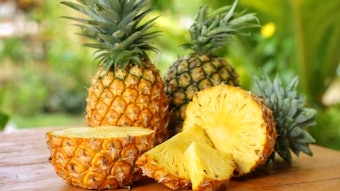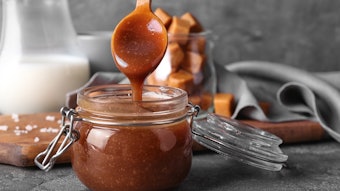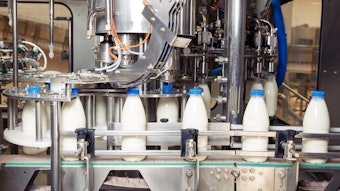Among the minor but essential constituents of fresh fruit flavors, acetaldehyde appears to be one of the key flavoring agents responsible for the freshness of the flavors of fruits, fruit juices and similar compositions. Acetaldehyde itself possesses, however, high reactivity and volatility under normal conditions. Thus the fixation and stabilization of acetaldehyde both in the physical and chemical sense have long been the subject of many attempts, described in papers and patents, to provide fresh fruit flavors for the food industry.
It has been shown in tbe literature that acetaldehyde can be stabilized by β-cyclodextrin complex formation. Since the reproducibility of this process was difficult, we chose to prepare highly water-soluble cyclodextrin complexes of acetaldehyde diethylacetal, which is the simplest acetaldehyde-generating substance, using 2-hydroxypropyl-β-cyclodextrin (HPBCD).
The other possible technological approach to provide acetaldehyde for food products is the application of acetaldehyde-generating systems, in which the “pro-flavors” like acetals, ketals and dioxolanes are supposed to ensure the release of acetaldehyde under specific—in most cases pH-dependent—conditions. Such acetaldehyde-generator systems are described in numerous patent applications.










